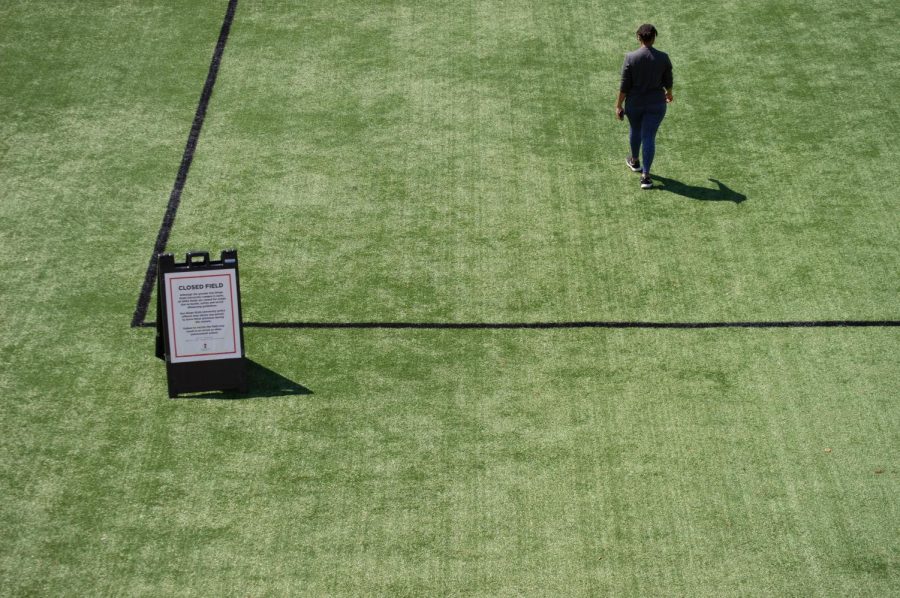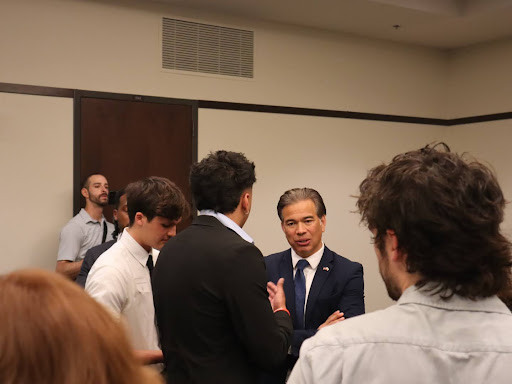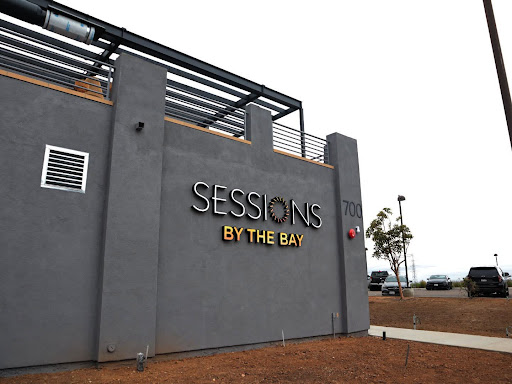With little more than three weeks until the start of the 2020-2021 school year, San Diego State University’s budgetary outlook remains grim. Though in a campus-wide email sent Wednesday evening, President Adela de la Torre laid out the university’s plan to address a $67 million shortfall brought on by the coronavirus pandemic.
According to the email, the measures announced will propel SDSU towards a balanced budget and will work to mitigate future budget concerns raised by projected declines in tuition revenue, general fund decreases and unfunded costs through revenue generation and additional cost savings.
In an earlier email sent on July 20, de la Torre said the university will rely on one-time reserves to stabilize the budget in the short-term.
“These reserve dollars will allow us to thoughtfully move forward as we begin difficult conversations on how to best use our core university resources to meet our mission and new strategic plan,” de la Torre said.
However, $35 million of the $67 million budget gap the university now faces constitutes permanent base-level cuts which one-time reserves will not remedy, thus the need for more long-term solutions.
These solutions, according to de la Torre’s most recent email, will include bolstering summer enrollment, developing summer high school academies, increasing non-resident enrollment and corporate-public partnerships.
The university is also setting aside $30 million in a contingency fund for the development of SDSU Mission Valley and Imperial Valley campuses.
In other words, the university is lending itself $30 million (pulled from one-time campus reserves) to press forward with potential revenue-generating public-private partnerships that will arise from the development, further improving the budget outlook.
“To be clear, this set-aside would be exclusively used to support academic and research capital development in the Innovation District, and will not support any component of the Aztec Stadium, which relies strictly on stadium-related revenue,” de la Torre’s email read.
Additionally, the university is exploring personnel changes, including the implementation of a voluntary Early Exit Program for retirement-eligible staff. The program would provide incentives for eligible faculty and staff to resign from their university positions. The incentive would be paid with $10 million set aside from university reserves and salary savings, the email stated. This plan has yet to be approved by faculty and staff unions.
Already, SDSU has implemented a hiring “chill,” delayed capital construction projects, restricted travel and reduced new budget allocations.
“This is a long-term issue that will require long-term conversations, and we will continue to gather input from campus stakeholders to identify other revenue generation and cost-saving ideas in the coming months,” de la Torre said.
This is a developing story. For the latest on SDSU’s budget and response to COVID-19 subscribe to The Daily Aztec’s newsletter for SDSU news sent directly to your inbox.















